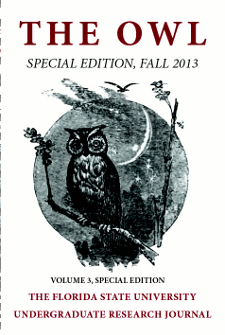An Examination of the Causes and Specific Failings of the Yugoslav National Army which Resulted in its Dissolution
Palabras clave:
soviet union, history, ethnic groupsResumen
During the end of the 1980’s and early 1990’s the world was watching
the collapse of the Soviet Empire, one of the bloodiest chapters
from this period of time was the dissolution of Yugoslavia. A country
which occupied the land from the East Adriatic Coast inland to border
Hungary and Austria in the North, Romania and Bulgaria to the East, and
Greece and Albania to the south. One of the few truly multi-ethnic states in
Europe, it encompassed Croatians, Slovenes, Serbians, Bosnians, Bosniaks,
Albanians, Macedonians, and many mixes of the aforementioned. While the
most geographically homogenous and largest groups were more or less self
governing, there was significant ethnic overlay on the ground and mixed
loyalties to various polities and differing goals for the future of Yugoslavia.
When Croatia, a country with a long history, although not truly independent
for centuries, attempted to secede from the increasingly Serbian dominated
Yugoslavia, and take with it one of the most economically productive
Yugoslav Republics and a sizable Serbian population, the likelyhood of conflict
was incredibly high.
Descargas
Publicado
Número
Sección
Licencia
All works published in The Owl are published under a Creative Commons Attribution, Non-Commercial, Share-Alike (CC-BY-NC-SA) license. The author retains copyright.

